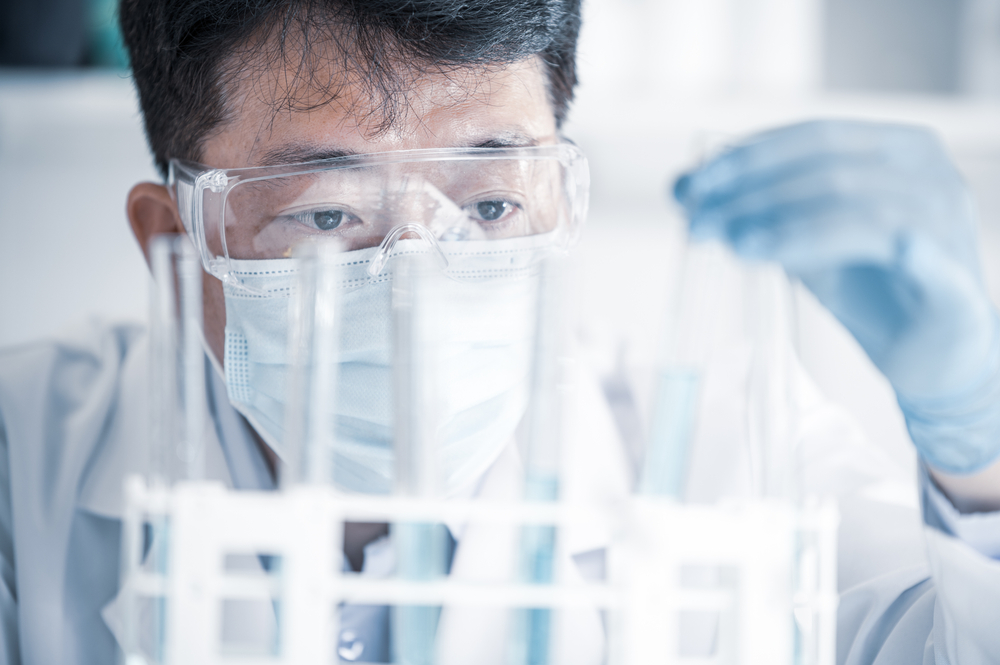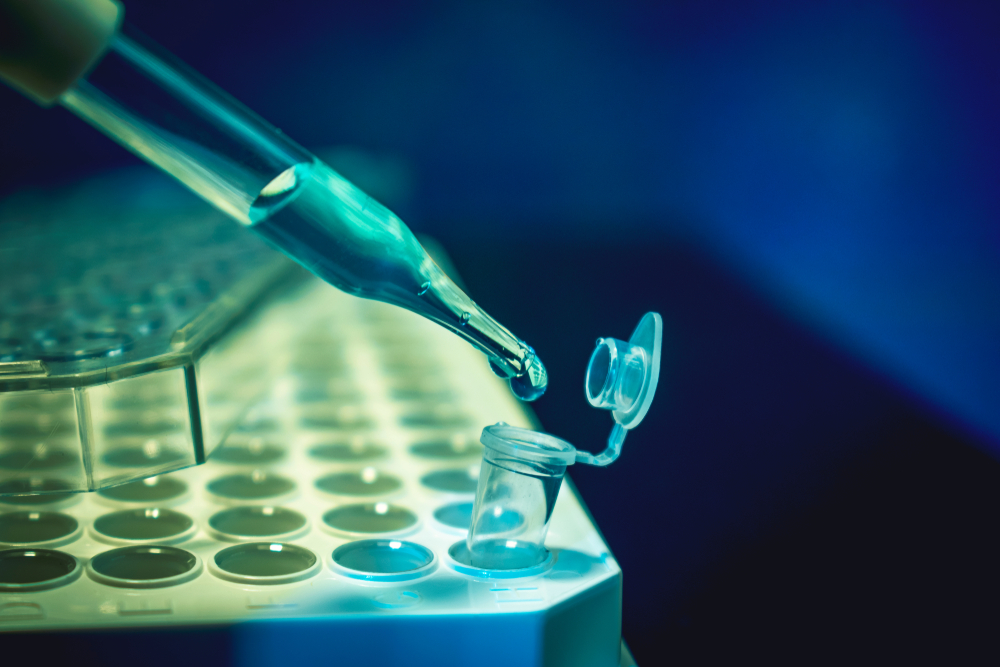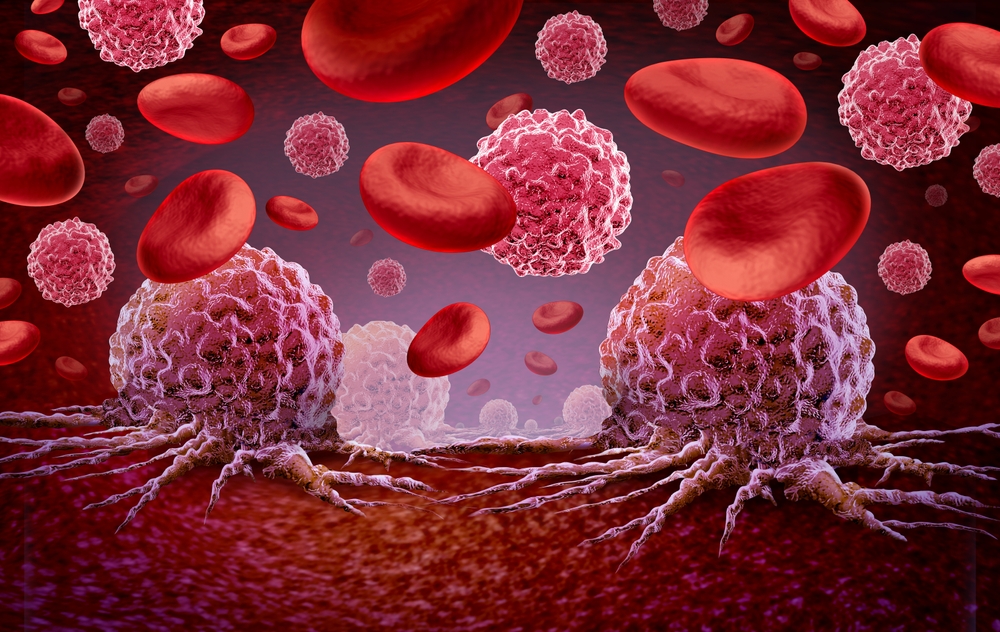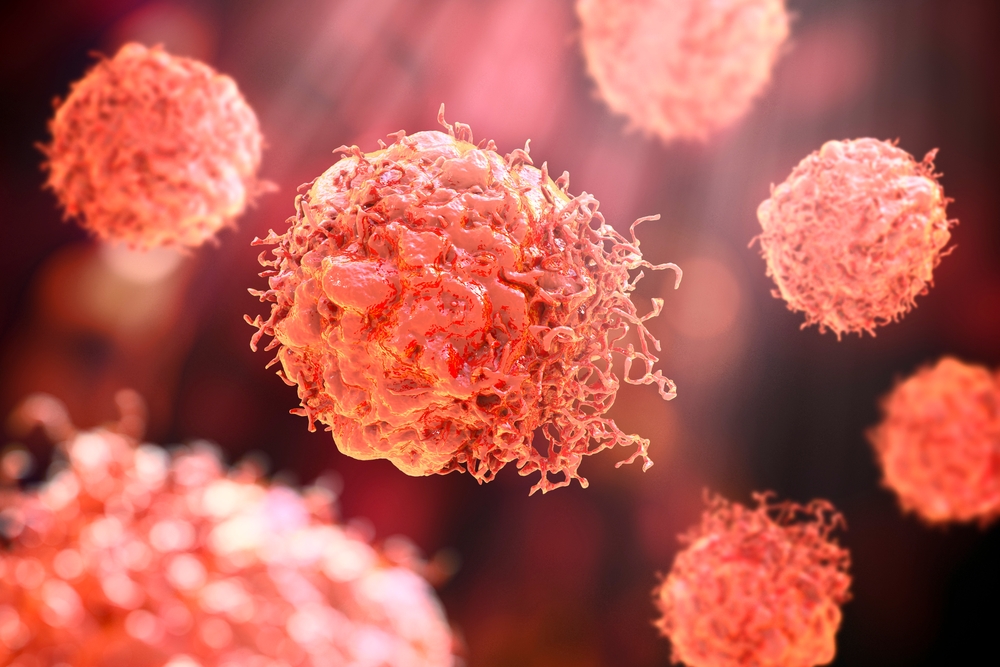Scientists Develop a Urine Test That Can Detect Pancreatic and Prostate Cancer With High Accuracy

What if the key to saving millions of lives wasn’t hidden deep inside a hospital, but instead flushed away every single day?
It sounds almost absurd that something as ordinary as urine could hold the power to detect some of the deadliest cancers we face. Yet that’s exactly what scientists have uncovered. With pancreatic cancer often earning its grim nickname as the “silent killer,” and prostate cancer affecting one in every eight men, the race to detect these diseases early has long been marked by invasive tests, high costs, and far too many diagnoses that come too late.
But now, researchers are turning to an unlikely hero: a drop of urine. Backed by cutting-edge nanotechnology and artificial intelligence, new tests can identify molecular traces of cancer with up to 99% accuracy sometimes before a single symptom even appears.
This isn’t just a medical breakthrough. It’s a shift in how we see the body, disease, and the small, overlooked clues that might be trying to save us.
The Silent Threat of Hidden Cancers
Cancer rarely screams in its early stages it whispers. And sometimes, it says nothing at all.
This is the brutal truth behind pancreatic and prostate cancer, two of the most prevalent and dangerous forms of cancer today. In the United States alone, an estimated 64,000 people will be diagnosed with pancreatic cancer this year. Yet, only 12% of those diagnosed are expected to survive beyond five years. Not because we don’t have treatments, but because by the time it’s found, it’s often too late.
Pancreatic cancer hides deep in the body, often showing no signs until it’s already spread. Symptoms like jaundice, nausea, or digestive issues can be easily dismissed or misunderstood, allowing the disease to grow silently. It’s especially alarming to see its rising incidence in younger women, with studies showing a noticeable increase more than 2% annually in Black women under 55 alone. By the time doctors detect it, the window for curative treatment may have already closed.

Prostate cancer, on the other hand, is more common and often less deadly, but no less complex. One in eight men will be diagnosed with it in their lifetime. While the five-year survival rate is high around 97% this statistic hides another reality: our current screening methods, like the PSA blood test, are imperfect. They can lead to false positives, unnecessary biopsies, and over-treatment, causing anxiety and harm, especially when the cancer is slow-growing or not life-threatening.
And this is where the silent threat becomes a societal one. Too many people are diagnosed late. Too many lives are lost simply because we lacked tools that could whisper back before the disease began to shout. The medical system is equipped to fight cancer but it struggles to catch it in time. That’s why this breakthrough matters so deeply. Because detecting cancer early is not just a scientific challenge it’s a human one.
The difference between a stage I and a stage IV diagnosis is often the difference between hope and heartbreak. And the solution might just lie in reimagining how we listen to our bodies in this case, by learning to read the hidden stories carried in our urine.
The Body’s Unlikely Messenger

Urine is produced as the body filters out excess substances salts, toxins, hormones, and crucially, metabolites, the chemical fingerprints of how our cells function. When something in the body shifts when a tumor begins to grow, when cancer cells hijack normal processes those changes ripple through our metabolism. And those ripples? They show up in the urine.
Unlike blood, which maintains tight chemical balance and requires skilled collection, urine is far easier to access and less invasive to test. It’s also metabolically rich containing thousands of compounds that reflect our diet, stress levels, environmental exposures, and yes, potential disease. Scientists call it a “biofluid goldmine.” And now, technology is finally catching up to its promise.
In recent years, researchers have found that urine from people with prostate or pancreatic cancer contains unique molecular patterns signals that are measurably different from those in healthy individuals. But up until now, identifying these markers meant using complex tools like mass spectrometry and chromatography, processes too slow and expensive for real-world screening.
That’s where this breakthrough enters: scientists have developed highly sensitive test strips using 3D plasmonic coral-like nanostructures. These tiny, intricate surfaces act like molecular antennas, detecting cancer-related compounds without any need for labeling, dyes, or complicated prep. Even better, they amplify those molecular signals using a technique called Surface-Enhanced Raman Scattering (SERS) essentially giving each cancer marker a loud, unmistakable voice.
In another cutting-edge approach, researchers isolated microRNAs (miRNAs) tiny genetic regulators found in extracellular vesicles within urine. These miRNAs, when analyzed through AI-driven models, have proven astonishingly accurate at flagging early-stage pancreatic cancer, far outperforming traditional biomarkers like CA19-9.
Science That Sees the Unseen

One of the most impressive advancements comes from a Korean research team that created a paper-based 3D plasmonic coral nanoarchitecture, or 3D-PCN. Imagine coral-like gold nanostructures grown onto a paper strip this is not science fiction; it’s science now. When a drop of urine is placed on this strip, the nanostructure traps and amplifies molecular vibrations using Surface-Enhanced Raman Scattering (SERS), a powerful optical technique that captures each molecule’s unique “fingerprint.”
But identifying those signals is just the first step. Interpreting them is another mountain entirely one that scientists have now begun to climb using deep learning. Neural networks specifically recurrent neural networks (RNNs) and convolutional neural networks (CNNs) were trained to recognize subtle patterns in the SERS data, allowing them to accurately distinguish between healthy individuals and those with prostate or pancreatic cancer. In clinical tests, this method achieved detection accuracies as high as 99%.

In parallel, another study developed a urinary microRNA-based assay. Researchers isolated tiny vesicles in urine called extracellular vesicles and extracted their RNA content. Inside, they found distinct miRNA profiles unique to pancreatic cancer, even in its earliest stages. When fed into a support vector machine, a type of machine learning model, the system reached a remarkable 97% sensitivity for detecting stage I and IIA cancers. This isn’t just competitive with current tools it outperforms them, especially when compared to the long-standing but flawed CA19-9 biomarker.
Meanwhile, international researchers working on prostate cancer combined advanced imaging, AI, and tumor modeling to find new protein biomarkers in urine ones that significantly outperform the standard PSA blood test. Their models could pinpoint not only the presence of cancer but also its severity, opening the door to more precise, less invasive diagnoses and reducing the number of unnecessary biopsies.
A Shift in the Cancer Journey

Imagine this: you wake up, go about your morning routine, and take a simple, painless urine test in the privacy of your own home. No needles. No hospital visits. Within minutes, your smartphone or a small handheld device gives you a clear report flagging potential early signs of cancer before a single symptom ever appears.
That’s the future this breakthrough is pointing toward. And it’s not science fiction. It’s already unfolding.
The promise of urine-based cancer detection lies not only in its accuracy, but in its accessibility. These tests could become widely available in pharmacies, community clinics, and even remote areas where traditional screening tools are scarce. Noninvasive, affordable, and easy to use, they have the potential to democratize early detection saving lives in both developed nations and underserved regions alike.
This technology also signals a major shift in how we interact with healthcare. Instead of waiting for symptoms to drive us into hospitals, we’re moving toward proactive monitoring real-time health checks built into daily life. That means catching cancer when it’s still small, still manageable, still beatable. It also means reducing unnecessary procedures. For example, with more precise urine biomarkers for prostate cancer, countless men could avoid invasive biopsies triggered by unreliable PSA tests.
What’s equally exciting is the potential for expansion. Researchers are already testing this platform for other cancers lung, colorectal, even ovarian and the results are promising. Over time, we may have comprehensive at-home diagnostic tools that can detect multiple diseases using just a single sample.
Of course, this future depends on continued clinical trials, investment in public health infrastructure, and responsible data use. But the foundation has been laid. The science is working. And the vision is clear: a world where the fight against cancer starts earlier, simpler, and more humanely.
Your Health, Your Move
Breakthroughs don’t change the world people do. This science, as powerful as it is, is only the beginning. Because the real impact of this innovation depends on what we do with it. Technology can whisper truths, but it’s up to us to listen, to act, and to let it reshape the way we approach our health.
For too long, we’ve waited until symptoms scream. We’ve ignored warning signs, skipped check-ups, or put off screenings because they felt too invasive, too expensive, too uncertain. But now, we’re being offered something radically different: a chance to act earlier, easier, and more confidently than ever before.
This new era of urine-based testing isn’t just about convenience it’s about empowerment. It gives every person, regardless of status or location, the ability to check in on their health in real time. No hospital gowns. No drawn-out appointments. Just your body speaking and the tools to finally hear it. But knowledge without action changes nothing.
So the wake-up call is this: Don’t wait. Don’t let discomfort, doubt, or delay rob you or someone you love of precious time. Start by tuning in to your body. Ask your doctor about early detection. Advocate for wider access to noninvasive tests. Support science that brings life-saving tools out of the lab and into real life. Because one day soon, a small, silent drop could carry the power to save your life. And when that moment comes, the only question will be: Were you paying attention?
Loading...

